Panoramic Photo Above:
Forbes Field, Pittsburgh

Baseball History Comes Alive Now Ranked As a Top Five Website by Feedspot Among All Baseball History Websites and Blogs!
(Check out Feedspot's list of the Top 35 Baseball History websites and blogs)
Guest Submissions from Our Readers Always Welcome! Click for details
George Burns Photo Gallery
Click on any image below to see photos in full size and to start Photo Gallery:
“The Best Ballplayer Few Fans Have Ever Heard Of,” George Burns!
…Unless, of course, you’re a fan of the Dead Ball Era. Then you’ll have no trouble recognizing the name George Burns, one of the great players from that long-ago, often overlooked era.
How great was he? Check out this quote from his manager, the legendary John McGraw: “Next to Christy Mathewson, Burns was the greatest player I ever managed.” That’s high praise indeed, considering McGraw knew a thing or two about ballplayers, having managed hundreds for over 30 years, including many who made it into Cooperstown. If you’re a ballplayer, that’d be a pretty nice compliment to have on your resume!
Other baseball contemporaries held the same view. Eddie Collins called George Burns, “The most dangerous and best all-around star on the Giants.” Hughie Jennings concurred, saying, “He’s as good a player as ever drew on a spiked shoe. There’s nothing he doesn’t do well on a ball field.”
Sportswriter John B. Sheridan placed Burns fourth on his list of the 25 best outfielders of all time, behind only Tris Speaker, Ty Cobb, and Jimmy Sheckard. When he was traded to the Reds in December of 1921, some newspapers accounts called it the biggest deal since the Yankees got Babe Ruth from Boston. That’s how the baseball world viewed George Burns back in the 1920s.
I’m pleased to report we were recently contacted by Mike Hauser, a family descendant of the Utica, New York native George Burns, who was the younger brother of Mike’s great-grandfather, Leo Burns. Mike is quite proud of his famous great uncle and shared a few thoughts with us:
“I used to hear my grandparents talking about him when I was a kid. I figured they were just exaggerating on a relative who was probably just a good local softball player. It wasn’t until 1989 when I was on my way to college in Utica that I decided to stop in Cooperstown to see what I could find. I realized then he was “the real deal.” To my surprise, not only were my grandparents not exaggerating, they were actually understating how good he actually was. From that moment on, I was hooked on the legend of George Burns. Shortly after that I first watched Field of Dreams. I was blown away with the ending as I imagined it as me having a catch with Uncle George Burns. That movie still gets to me. I’ve spent the last 27 years feverishly researching and documenting his career and life.”
Mike told me that when he started the Fulton County, New York Baseball & Sports Hall of Fame in 2012, he purposely didn’t induct Uncle George Burns for the first few years even though he was unquestionably the most accomplished athlete from the area. Mike was afraid people would think he was favoring his own family!
“We didn’t put him in until 2015 and did it between innings of a vintage baseball game held at historic Parkhurst Field, which he played on countless times. After the game, all the players drove up to his nearby gravesite. They were all wearing their 1907 replica uniforms. We toasted him and had a beer with him. I can only imagine what the scene must have looked like to people visiting or driving past the cemetery!”
Never one to argue an umpire’s call or boast of his own abilities, the 5’ 7”, 160-pound George Burns was nicknamed “Silent George,” perhaps providing a clue as to why he isn’t better known. Burns played 15 years in the majors (1911-25), for the Giants (1911-21), Reds (1922-24), and Phillies (1925). Over his career, he hit .287, with 2077 hits, 1188 runs, 362 doubles, 383 stolen bases, and a .366 on-base percentage. He was one of the most consistent hitters in major league history, never hitting over .302 or lower than .272. Using his trademark 42-inch, 52-ounce bat, he led the league in plate appearances, runs and walks five times; games played, at-bats and stolen bases twice; and on-base percentage once. From 1913 to 1921, Burns averaged 170 hits per season. He set a Giants’ franchise record 459 consecutive games played, since broken, but still second all-time. Burns hit .257 in 19 World Series games (1913, 1917 and 1921). He led the Giants in hitting in the 1921 World Series, batting .333. His late-inning double in Game Four provided the decisive run. Burns was an accomplished all-around athlete, known as a great boxer and wrestler (even challenging Jim Thorpe), and was called the best pool player “ever to put on a major league uniform.” Giant teammates refused to play him in billiards unless he played left-handed!
Blessed with a sharp eye at the plate, combined with his speed, Burns was the best lead-off hitter of the era. His 62 stolen bases in 1914 is still a Giants’ single-season record; and his 28 steals of home is third all-time. Burns was also a superior defensive outfielder with an extremely strong arm, claiming he often relied on the sound of the crack of the bat to tell him where the ball was headed. He was considered a specialist at playing the “sun field,” at the Polo Grounds, utilizing a long-billed cap with blue sunglasses attached. The left field bleachers were called “Burnsville” after the pint-sized fan favorite.
After his major league career ended in 1925, he became a player/manager for numerous minor league teams, and was back with the Giants in 1931 as a coach. He returned to his home town of Gloversville, near Utica, where he ran his father’s pool hall, and later became a payroll clerk. George Burns passed away in 1966, aged 75, two years before the birth of great-nephew, Mike Hauser.
If you’ve read this far, you can see why I consider George Burns “The Best Ballplayer Few Fans Have Ever Heard Of”!
Gary Livacari
Photo Credits: Many in the photo gallery are from Mike Hauser’s personal collection; others from Google search
Information: Excerpts edited from George Burns biography written by Mike Hauser; from the George Burns Wikipedia page:https://en.wikipedia.org/wiki/George_Burns_(outfielder) ; and from article on George Burns by Richard Puff: http://research.sabr.org/journals/silent-george-burns-a-star-in-the-sunfield
Subscribe to my blog for automatic updates and Free Bonus Reports: “Memorable World Series Moments” and “Gary’s Handy Dandy World Series Reference Guide.”
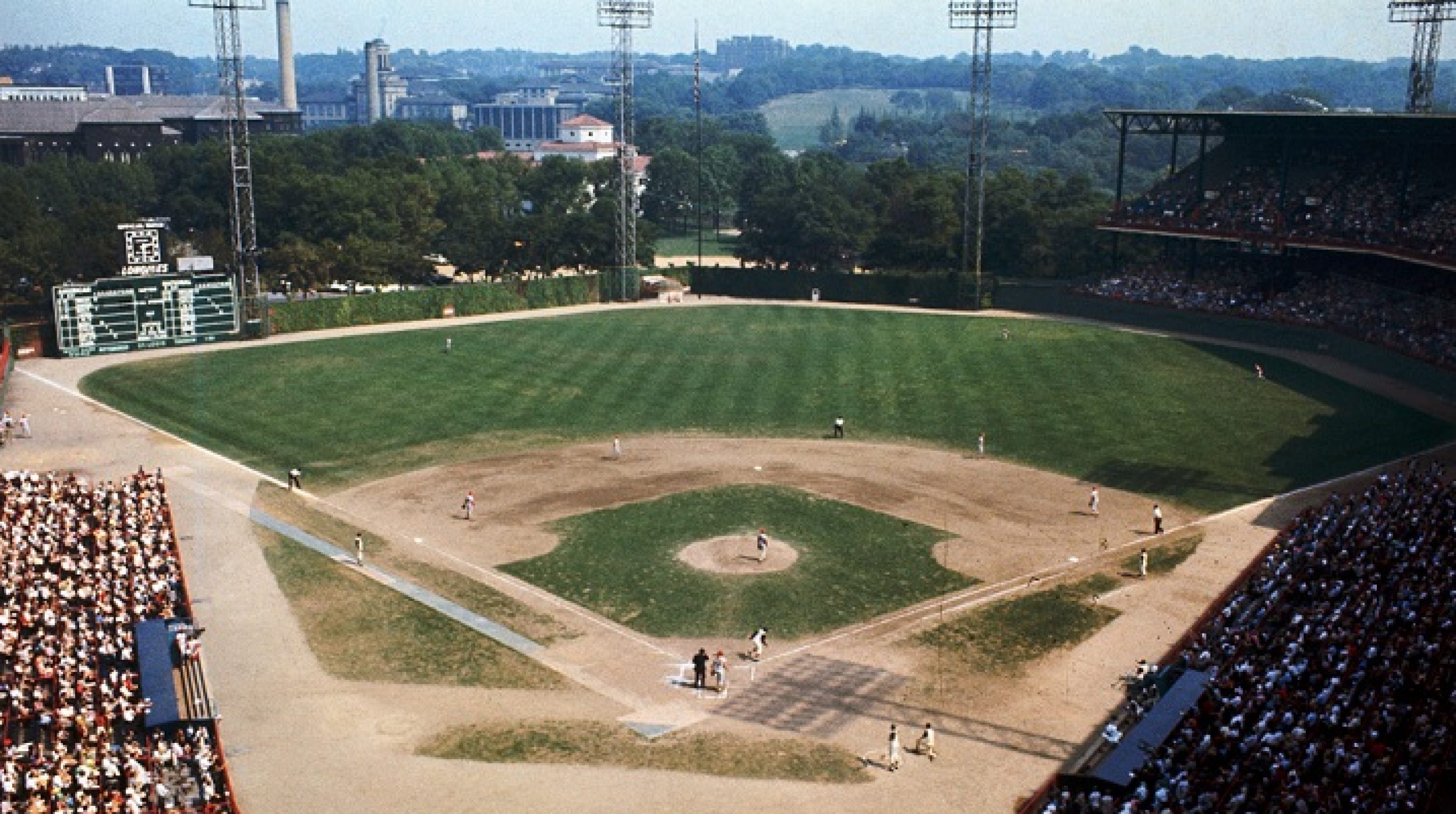
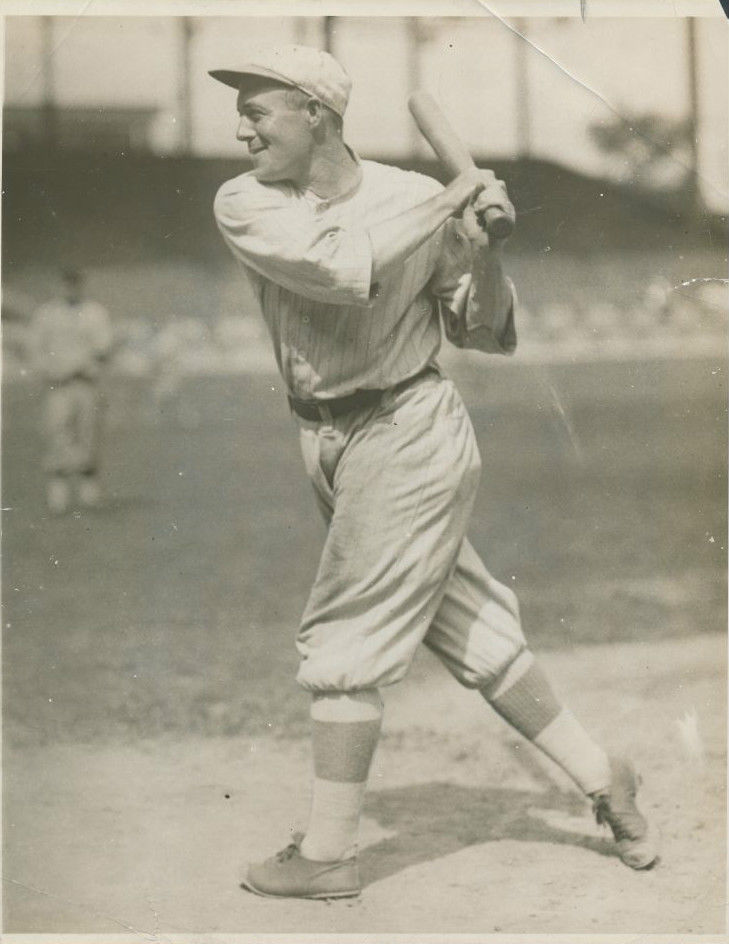
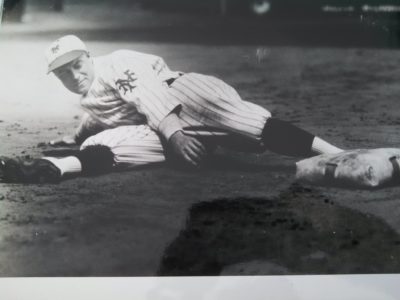
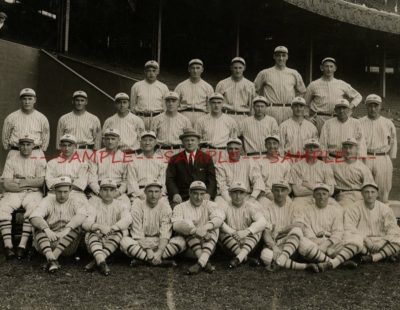
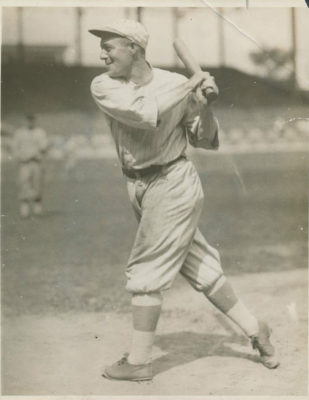
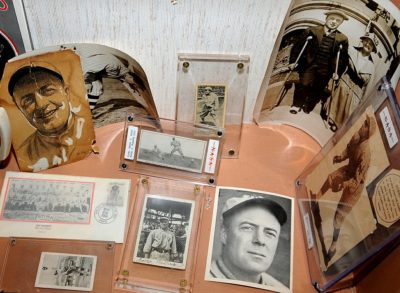
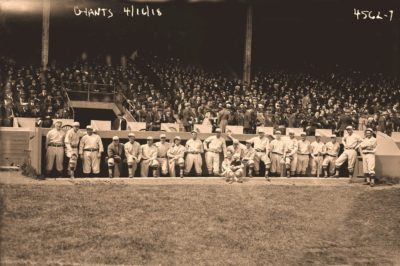
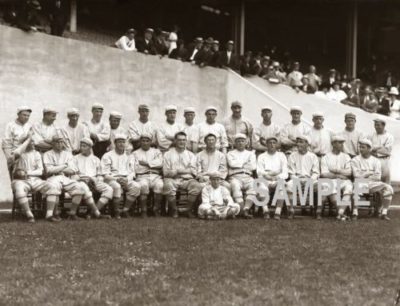
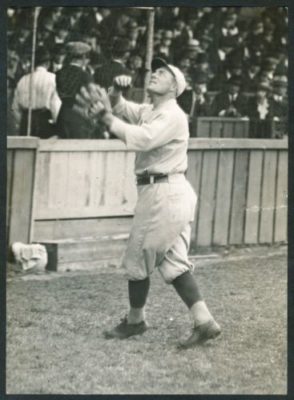
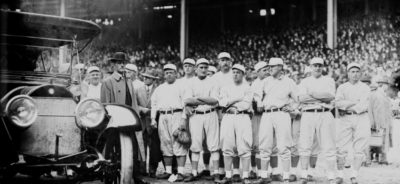
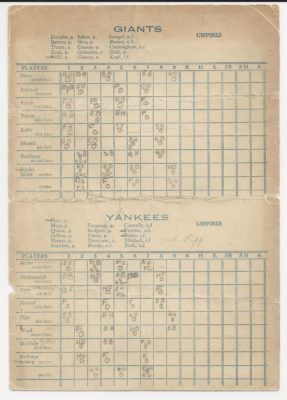
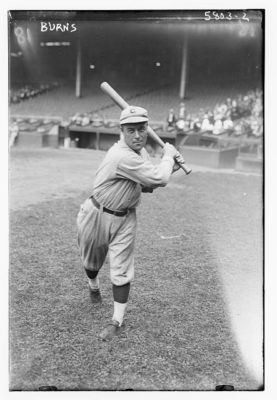
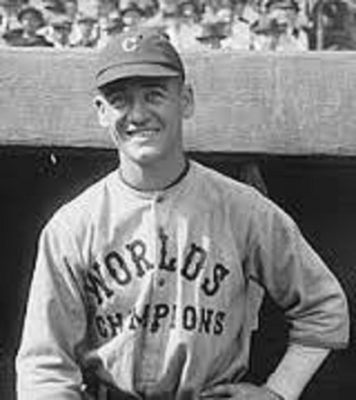

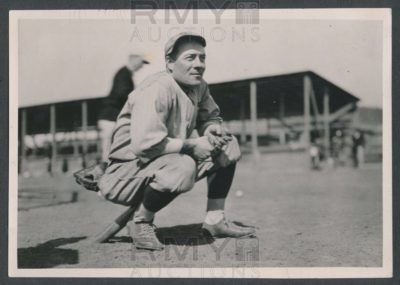
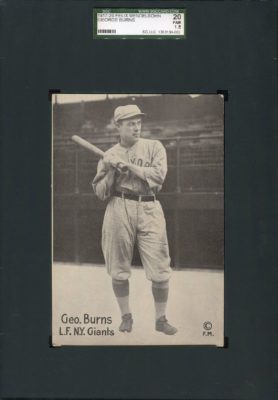
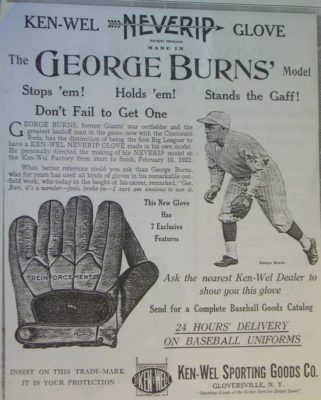
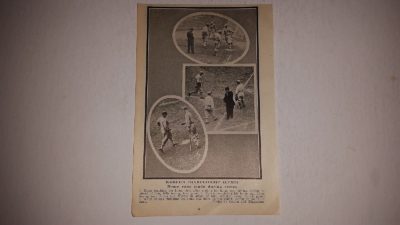
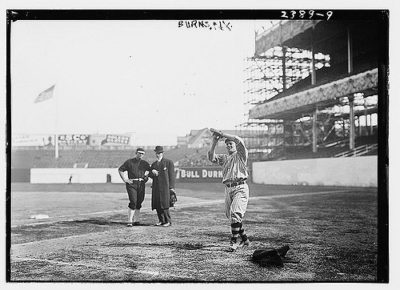
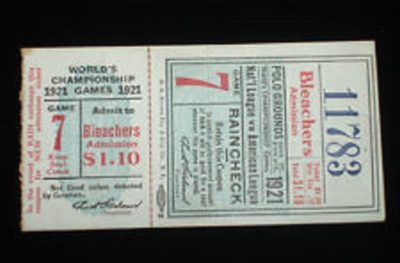
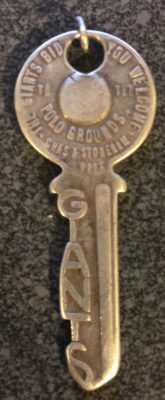
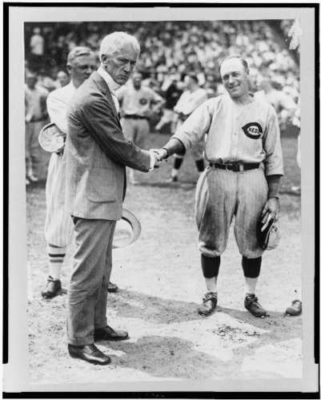
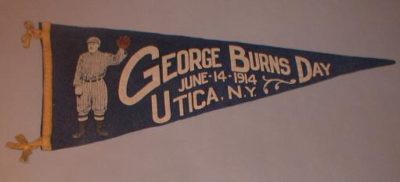
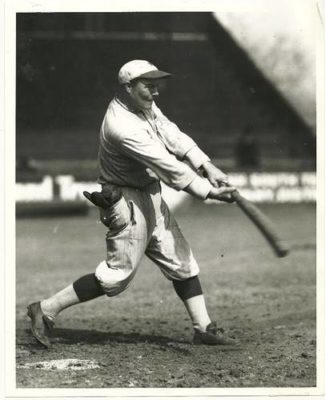
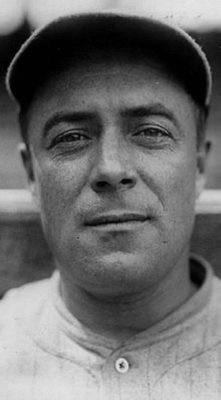
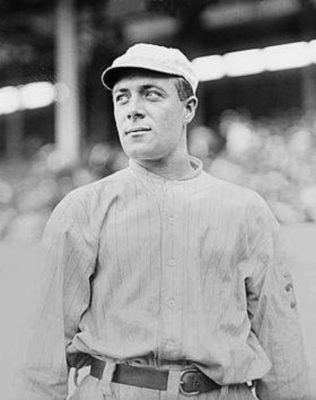
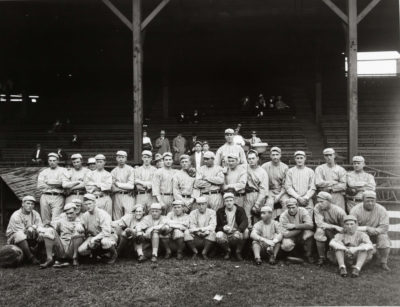
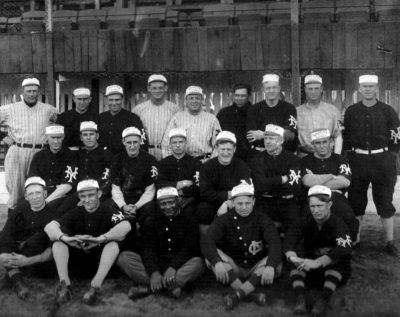
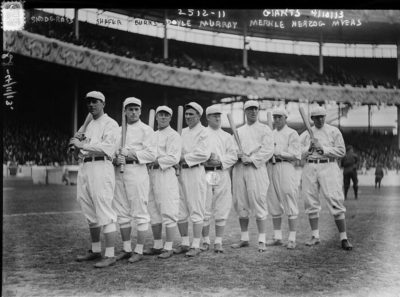
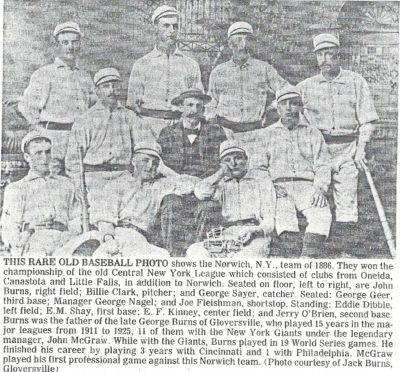
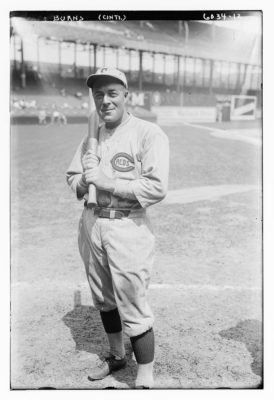
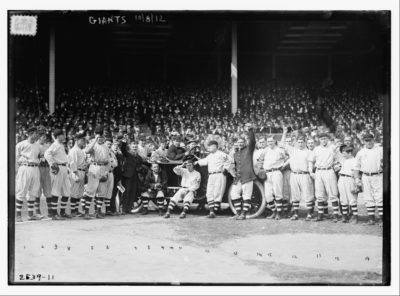
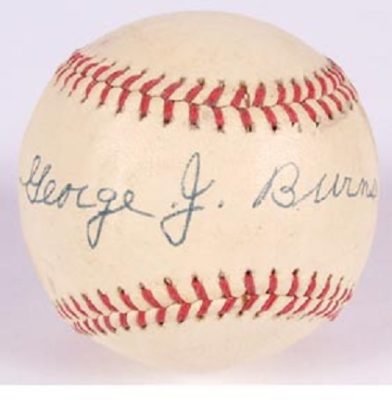
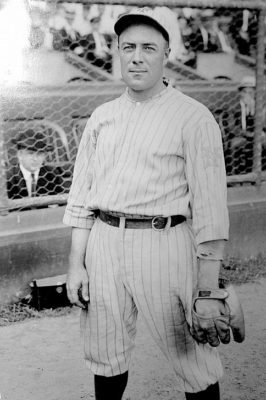
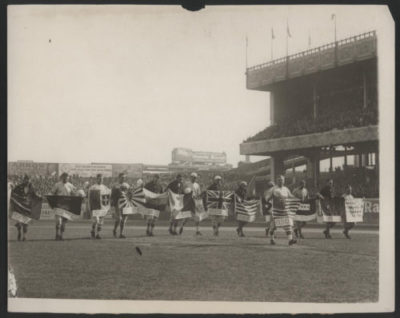

One thought on ““The Best Ballplayer Few Fans Have Ever Heard Of,” George Burns!”